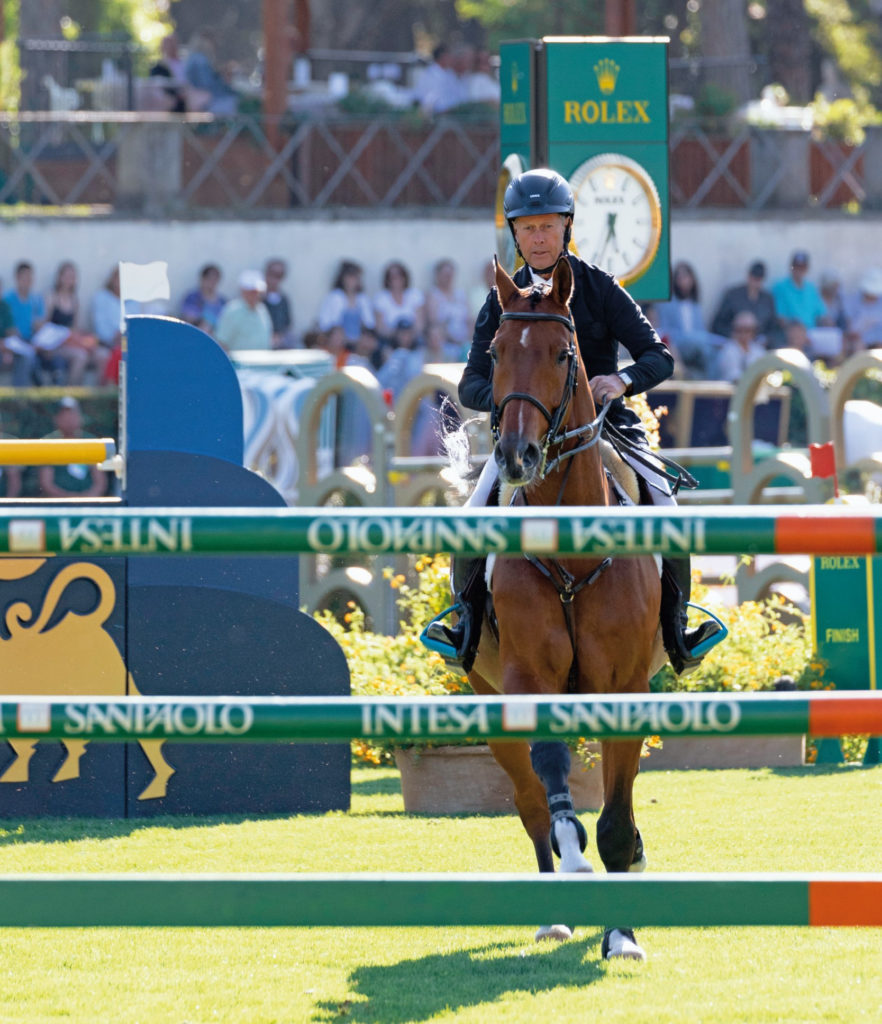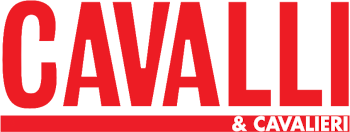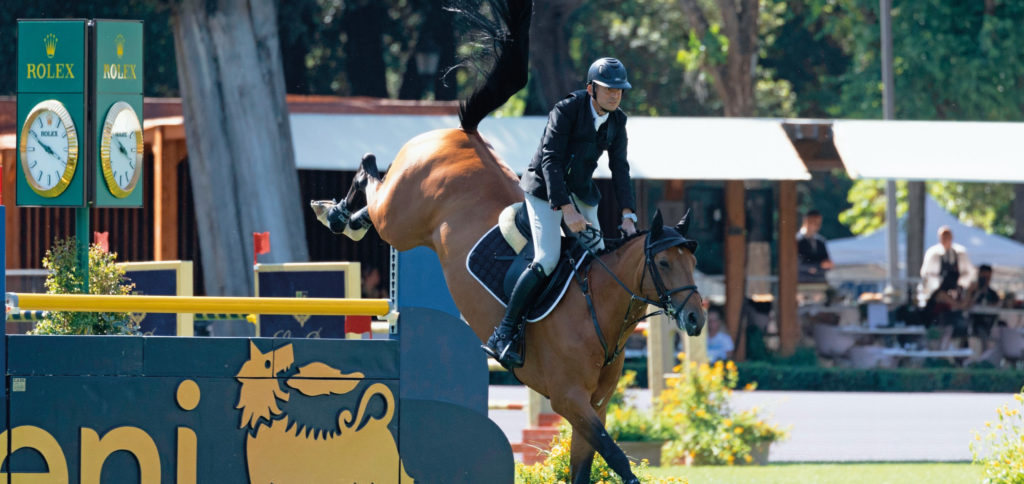Joint effort
The horse’s musculoskeletal system role
DOTT.SSA EMANUELA VALLE
DIP. SCIENZE VETERINARIE – UNIVERSITÀ DI TORINO
EBVS® European Specialist in Veterinary and Comparative Nutrition
Seeing horses jump on the Olympic competition arenas is certainly exciting. But have we ever thought about the workload that the musculoskeletal system has to support? In particular, the horses’ joints are subject to very intense work. The repeated movement as well as well as the weight and concussion causes constant stress to the limbs. Upon landing from a jump, a horse’s limbs bear considerable weight due to the forces generated by the impact. Biomechanical studies have shown that on landing the load on the limbs can reach up to 2.5 times the horse’s body weight.
If we consider an average horse weighing approximately 500 kg, the load on the legs, during landing can be up to 1,250 kg for each leg. This load is distributed mainly on the forelimbs, which absorb most of the impact during landing.
The impact forces of the foot (ground reaction force) are generated not only when the horse lands from a jump, but every time the hoof touches the ground. These forces have a considerable effect not only on the foot but also on the entire limb, affecting joints, tendons and ligaments. Nowadays, thanks to technology, we are able to measure these forces to better understand how movement influences the biomechanics of the horse. A proper understanding of these forces helps vets, farriers and riders to improve the health of the horse’s limbs, minimising the risk of injury and optimizing sporting performance.
Health and fitness
It is essential that horses are healthy and physically prepared to deal with such strain for joints and feet.
Constant stress can lead to wear and tear on the cartilage and the development of chronic problems such as arthrosis, one of the sneakiest conditions for sport horses.
Therefore, we must know that the effort required of the musculoskeletal system can only be tolerated if:
The horse is trained adequately in order to guarantee a good response of the cardiac and pulmonary system but also a powerful and effective muscular response.
Shoeing is appropriate. An inadequate trim or shoeing greatly increases joint stress by altering the mechanics of the joints.
Nutrition is appropriate, satisfying work-related needs in terms of energy, proteins but also vitamins and minerals.
Appropriate exercise, correct shoeing, or the choice to keep horses barefoot, and careful veterinary care are essential to prevent injury and ensure the longevity of the performance horse.

Nutrition
An important support for the osteoarticular system is given by nutrition. Through a correct diet we can provide nutritional principles for the regeneration of cartilage and to reduce the oxidative stress that is created in the body following intense physical exercise.
Unfortunately, arthrosis is a very common degenerative joint disease and is often a challenge for vets and owners, as this disease can seriously compromise the horse’s quality of life and ability to move. Nowadays many improvements can be achieved thanks to veterinary care and targeted management of the sport horse.
For example, it is possible to support joints through supplements that use nutraceutical principles, nutritional principles contained in foods that have beneficial effects on the health.
Among these, the most studied are:
Glycosaminoglycans:
including glucosamine and chondroitin sulphate, which are key components of articular cartilage. These helps maintain the elasticity and resistance of the cartilage, slowing down its degeneration and promoting its regeneration.
Omega-3 fatty acids: they are present in high concentrations in fish oils or in some vegetable oils such as linseed oil. They exert an important anti-inflammatory action for the body.
Vitamin E: very powerful antioxidant that protects cells from oxidative damage. In osteoarthritis, vitamin E can help reduce oxidative stress in inflamed joints, improving joint health.
Palmitoylethanolamide (PEA): a lipid compound that is studied for its ability to regulate the body’s inflammatory response and for its possible effects on pain.
Boswellia Acids: natural compounds extracted from the resin of the ‘Boswellia serrata’ plant. These acids are known for their powerful anti-inflammatory properties. Useful for improving joint function by reducing joint pain and inflammation.
These natural compounds are an invaluable support for the sport horse’s nutrition. We should choose the supplement that best suits our horses needs by also asking our trusted vet for help.

